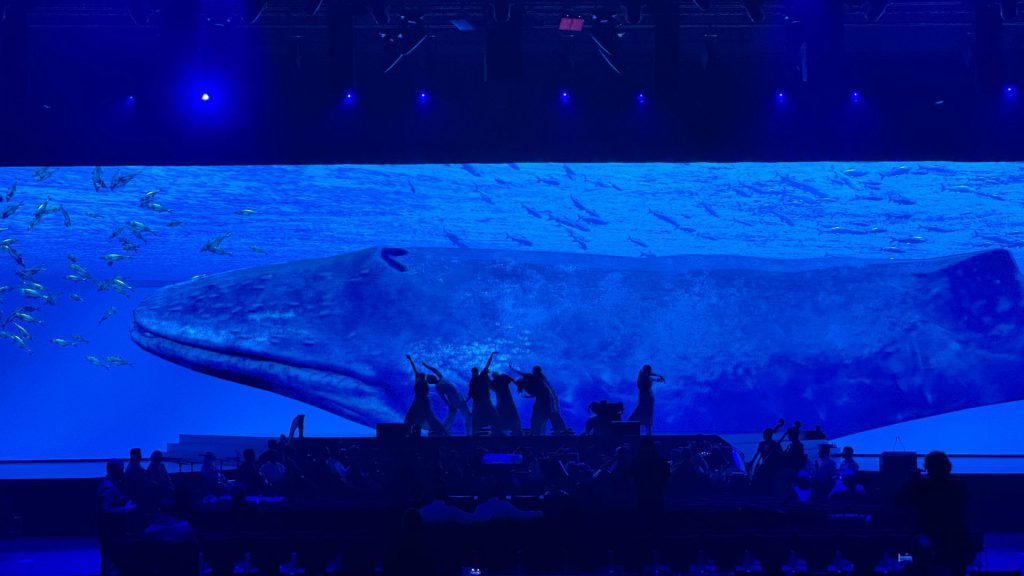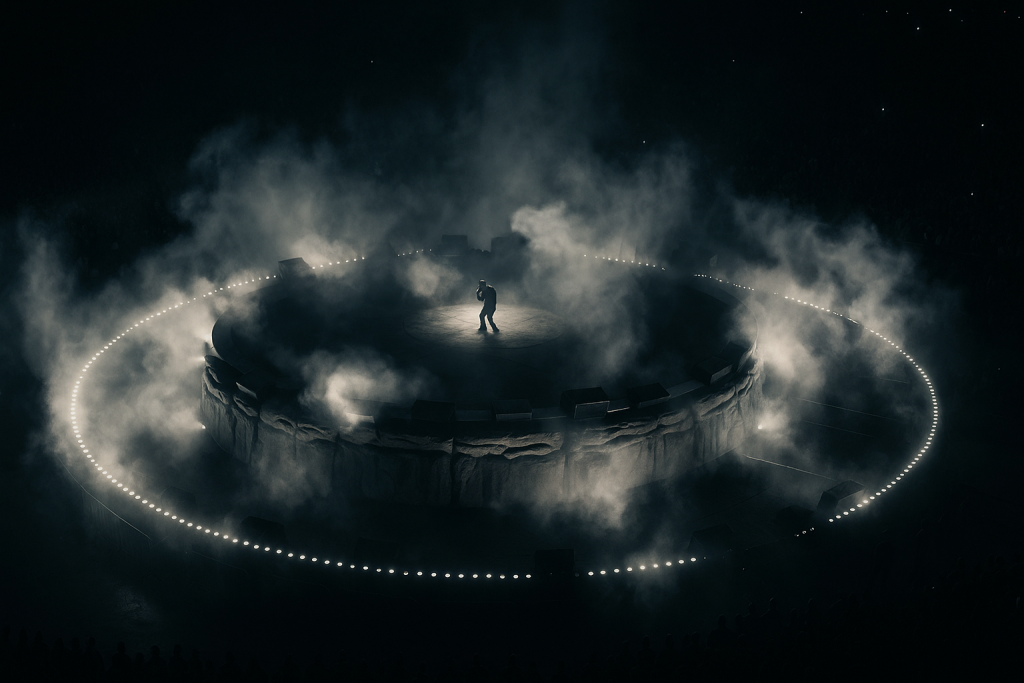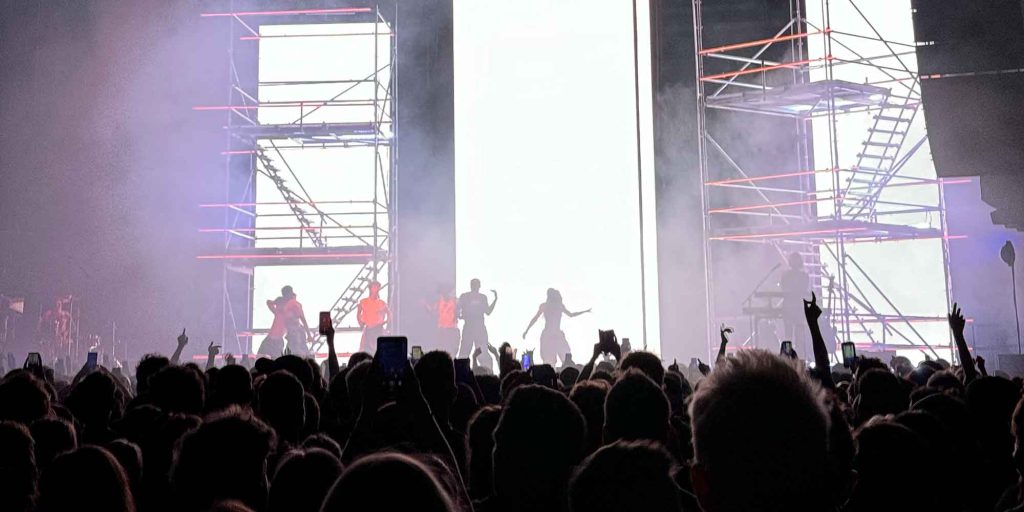How to Stay Visionary When the Clock is Against You
In the high-stakes world of live shows, especially when timelines contract at a moment’s notice, creative direction can feel like a race against both time and gravity. You begin with a full vision—a sensory world, a story, a spectacle—but by week three of production, you’re defending your core idea from a flurry of pivots, compromises, and technical constraints. Sound familiar?
It should. Because increasingly, this is the landscape: projects pitched in luxury and time are built in short time and scarcity. To avoid chaos in such a scenario —you need to deliver creative that not only survives but sings.
So how do you do that? How do you preserve your creative spark and your sanity in a world where the pitch phase may last several months and production is squeezed into just a couple of weeks?
You build Creative Resilience.
What Is Creative Resilience?
It’s the ability to stay anchored in your creative integrity, even when everything around you accelerates, mutates, or falls apart. It’s the muscle memory that lets you adapt without diluting your vision. And it’s a skill you can train.
This post shares the strategies that can help you maintain altitude in compressed timelines, turbulent approvals, and ever-shifting client expectations. It was born out of experience—and sometimes, out of exhaustion.

1. Lock Your Anchors Early
Before anyone touches lighting, tech specs, or stage geometry, define the following:
- Concept DNA: What is the one (poetic) sentence that must not change?
- Emotional Tone: What must the audience feel, no matter the format?
- Design Signature: What recurring visual, object, or spatial cue unifies the aesthetic?
- Creative Non-Negotiables: Choose one or two sacred moments or devices that protect the brand story.
These are your inner compass. When pivots come, you recalibrate around them.
2. Use Mental Mode Management
In compressed timelines, you can’t afford brain-fog. I learned to split my time into clear creative phases. One day, three phases:
- Dream Mode (morning): Free creative space. No feasibility. Just ideas.
- Edit Mode (midday): Refine ideas within the project constraints.
- Production Mode (afternoon): Tackle the actual logistics and coordination. Get teams on track, do your jour-fixes, meet the designers and technicians, fiddle out the refined ideas.
- Recovery Mode (1x per week): No meetings. No deliverables. Just reduced input: walk, watch, read, sketch.
3. Have a Fast-Pivot Playbook
You will lose time, it’s inevitable. But you might also lose half the brief in that process. Here’s how to protect what matters:
- Refocus: Ask: what is the core emotional impact we still want to achieve?
- Reduce: What minimal elements from the concept can still deliver magic?
- Repackage: Turn them into a new format or sequence that matches new constraints.
- Reassure: Keep the client aligned with phrases like: “This version still protects the story”.
4. Build a Creative Inner Circle
You never walk alone. In your team, identify 2–3 people who help you:
- Cut through the fog
- Keep the emotion intact
- Balance creative with feasibility
Loop them in early. Protect that trust.
5. Rethink Your Success Metrics
In a compressed build, you must shift from “perfect execution” to “emotional clarity.” Ask:
- Did the audience feel what we intended?
- Did the brand values shine through?
- Did we create impact despite the constraints?
That’s how you know the concept survived.
Creative Resilience Checklist
These sort of cornerstones regularly help me before, during, and after show production. No guarantee it may help you, of course, but you may integrate this in your processes:
Before Production:
- Is the core concept and tone locked and agreed?
- Are my non-negotiables clearly stated?
- Do I have a visual/tonal moodboard for the full team?
During Production:
- Am I keeping creative time separate from logistical time?
- Are we tracking pivots against the core concept?
- Have I protected the emotional throughline?
After Delivery:
- What survived? What didn’t?
- What made this hard?
- But even more so: What made this resilient? – This is your most important learning.
Final Thought
You can’t always control the timeline, the client pivots, or the shifting scope. But you can design your own resilience – what do you need to stay creative and forward-pulsing at the same time. Don’t push harder, until you burn out. Creative resilience is about protecting your energy, your thinking, and your standards with more strategy and care. It’s about setting clear anchors early, making space for agile adjustments, and building mental flexibility without losing creative depth. In fast, high-pressure productions, resilience becomes an act of creative leadership: holding the line when it matters, and letting go when it doesn’t. Because ultimately, the most lasting creative work comes not from brute force, but from well-protected clarity.



